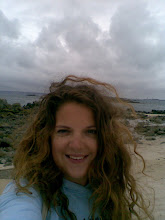There are a number of threats and variables in need of close monitoring including:
- sewage disposal
- rainfall
- land run off
- tide
The reason why it is so crucial to monitor these things is because the carrick roads is home to a number of fisheries such as mussels and oysters, these are filter feeders capable of filtering up to 10.24 litres of water an hour which makes them particularly vulnerable to infectins and dieseases for example, hepatitus A, Norovirus and E. coli (an indicator of other diesease).
As they can not test for theese things themselves, they take samples and send them off for analysis at CEFAS who they work closely with, CEFAS will then make recomendatins, and the Food Standards Agency (FCA) will make the final decision on what classification the water should be. The criteria for classifying water is as follows:
- Class A <>
- Class B <>
- Class C <>
In 2007 the amount of waters classified at each class were as follows:
- A - 2.6%
- B - 88.4%
- C - 1.9%
The issues that regularly effect the Carrick roads are:
- Variable E. coli results, which fluctuate daily, sometimes even hourly. As a low E. coli result does not neccessarily mean there is an absence of the virus in the flesh of molluscs it is important to monitor closely.
- As down or up grading the classification of a body of water can have serious consequences, classification decisions must be based on data trends not on individual results, with this in mind at least 10 sets of results must be taken before any decision can be made.
